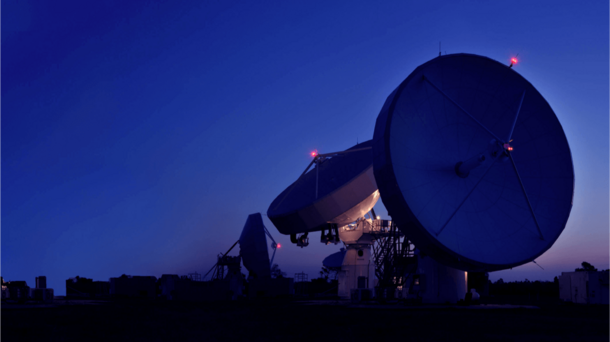L3Harris engineering teams have been creating solutions to collect data and support environmental sustainability — from space to Earth.
Since the 1950s, the company’s Global Positioning System (GPS) technology has been key to tracking weather patterns. The National Oceanic and Atmospheric Administration (NOAA) partnered with L3Harris to equip Geostationary Operation Environmental Satellites (GOES) with our Advanced Baseline Imager (ABI) instruments to collect weather data; a task that becomes more crucial as the intensity of severe weather events increases.
L3Harris GPS satellites also play a critical role in tracking GHG emissions. Data collected from the ground can be incomplete, but the view from 12,600 miles up is clear. L3Harris’ thermal and near infrared sensor on the Greenhouse Gases Observing Satellite-2 (GOSAT-2) measures carbon dioxide, methane, and carbon monoxide, accurately differentiating between natural and man-made emissions.
Another critical data collection technology is the FVR-90 (Fixed wing, Vertical takeoff and landing, and Rotator), unmanned aerial system equipped with Hybrid Quadrotor technology, which excels at collecting data from tough environments while keeping operators safe. Without human crews, this aircraft can tolerate extreme conditions for extended periods, allowing fewer and longer flights while saving fuel. FVR-90 has been instrumental in tracking the seasonal break up of Arctic Sea ice and shifting seal and fish populations. The flights can capture more complete data going low and slow, which cannot be done safely with a manned aircraft.
“Resiliency is the name of the game as we move forward.” — Todd Rimbey, Vice President & General Manager, Advanced Systems & Technologies, L3Harris




